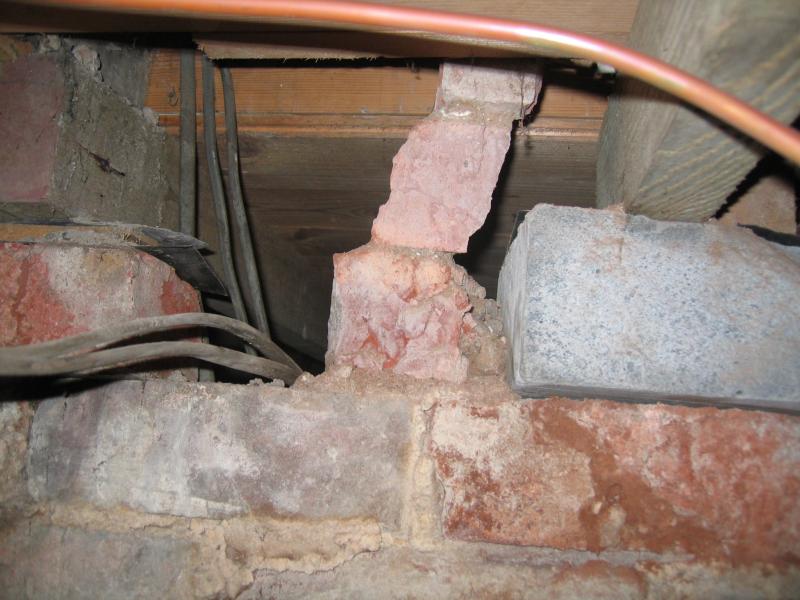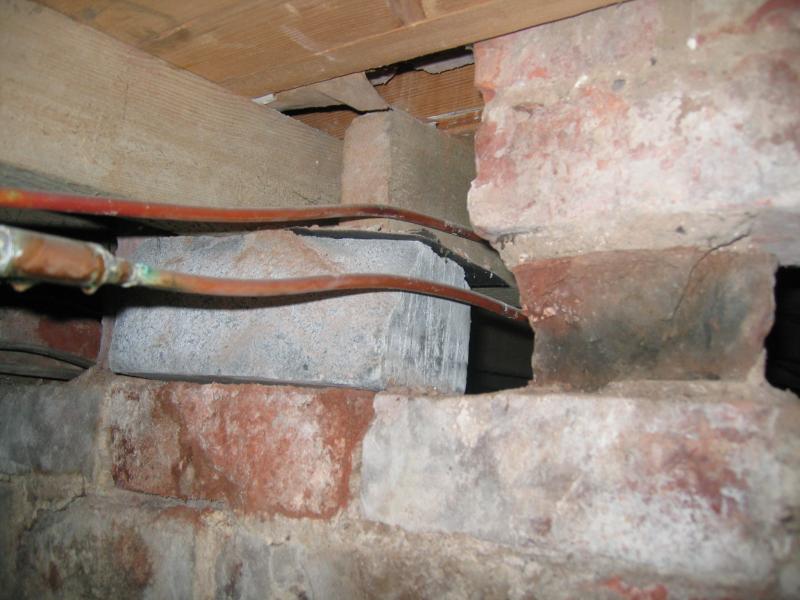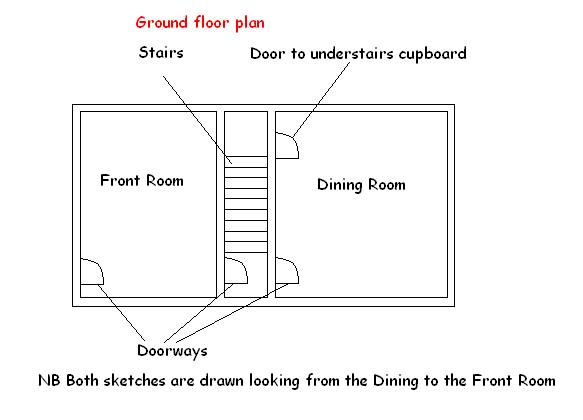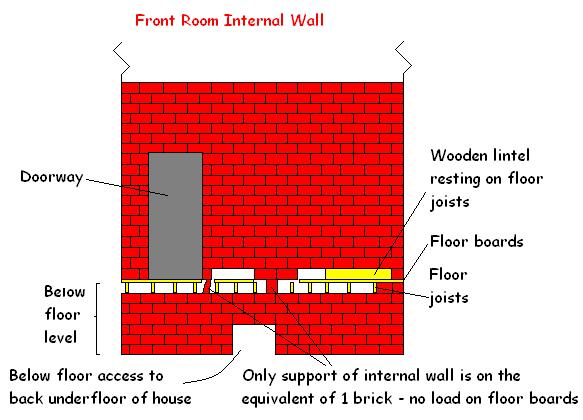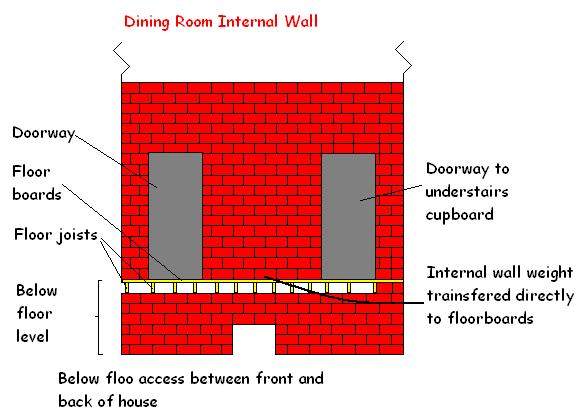I have recently becomevery worried about the state of the internal walls of our house. This came to light when I made floor access in order to be able to takle a problem with rising damp.
What I found worried me far more than a bit of water....as with many terraces the original floor has been replaced as the old floor had rotted. This would of course be fine, however, the job looks to have been done by the cowboys of the centuary. Who ever did the job has removed a single course of bricks just below the floor level for the two internal walls.
One internal wall now seems to rest on the floorboards and the other on two quarter bricks which are in a very poor condition. Although some bricks have fallen out the bottom of the wall I have not identified any subsidence (though wall paper may be hiding this of course).
I feel that some remedial action is required before there is any slipage as I fail to see how the walls have not already subsided (they are solid brick, as well as being two stories tall I might add).
I would be interested in getting any thoughts that you might have on the issue. I have attached a few photos and a few sketches.
Is there any way that some supports can be introduced that will transmit the force of the wall to the foundations? Is this job inevitably going to require us to get some one in to get the floor up?
Many thanks,
To see all my photos please go to: http://www.diynot.com/network/sobnad/albums/799
What I found worried me far more than a bit of water....as with many terraces the original floor has been replaced as the old floor had rotted. This would of course be fine, however, the job looks to have been done by the cowboys of the centuary. Who ever did the job has removed a single course of bricks just below the floor level for the two internal walls.
One internal wall now seems to rest on the floorboards and the other on two quarter bricks which are in a very poor condition. Although some bricks have fallen out the bottom of the wall I have not identified any subsidence (though wall paper may be hiding this of course).
I feel that some remedial action is required before there is any slipage as I fail to see how the walls have not already subsided (they are solid brick, as well as being two stories tall I might add).
I would be interested in getting any thoughts that you might have on the issue. I have attached a few photos and a few sketches.
Is there any way that some supports can be introduced that will transmit the force of the wall to the foundations? Is this job inevitably going to require us to get some one in to get the floor up?
Many thanks,
To see all my photos please go to: http://www.diynot.com/network/sobnad/albums/799


